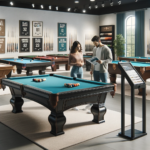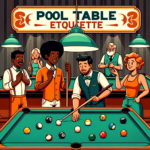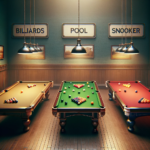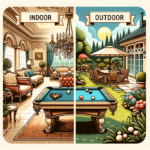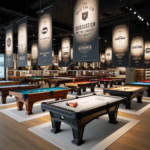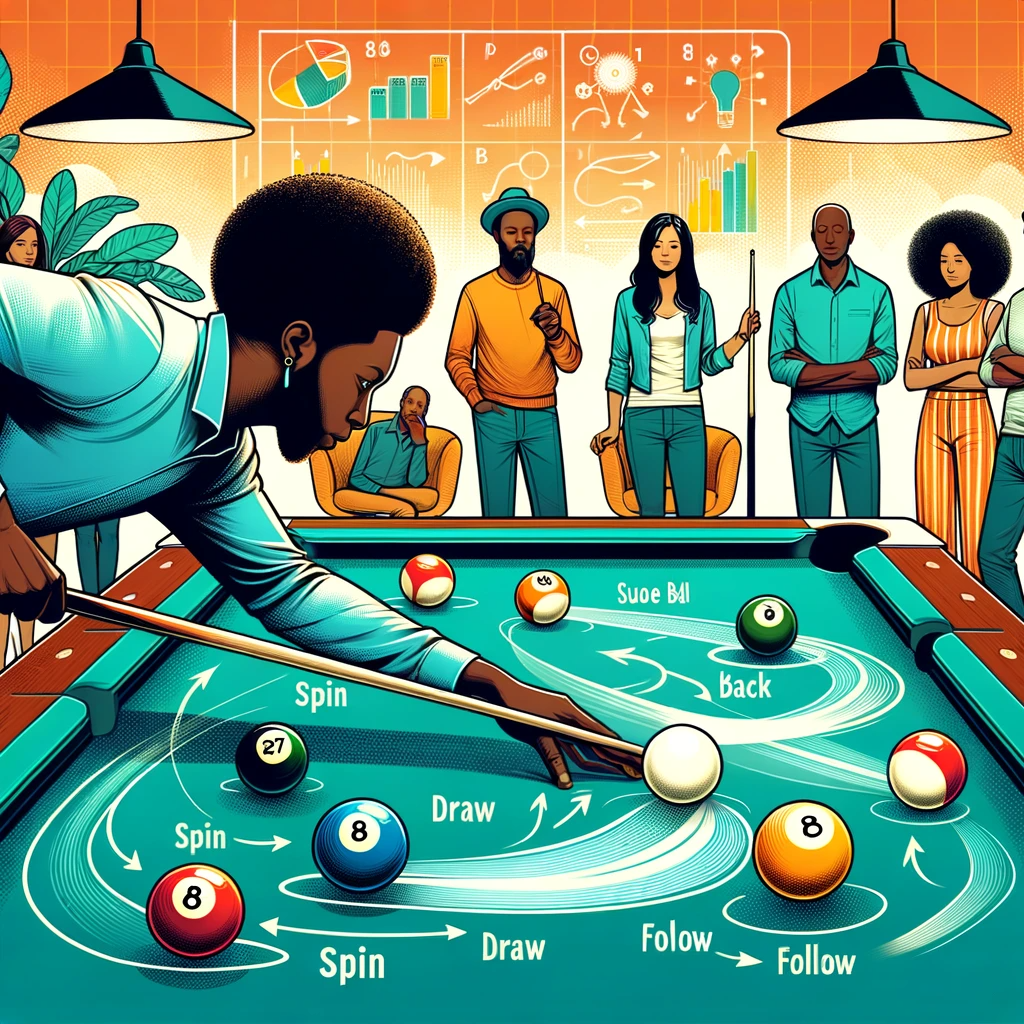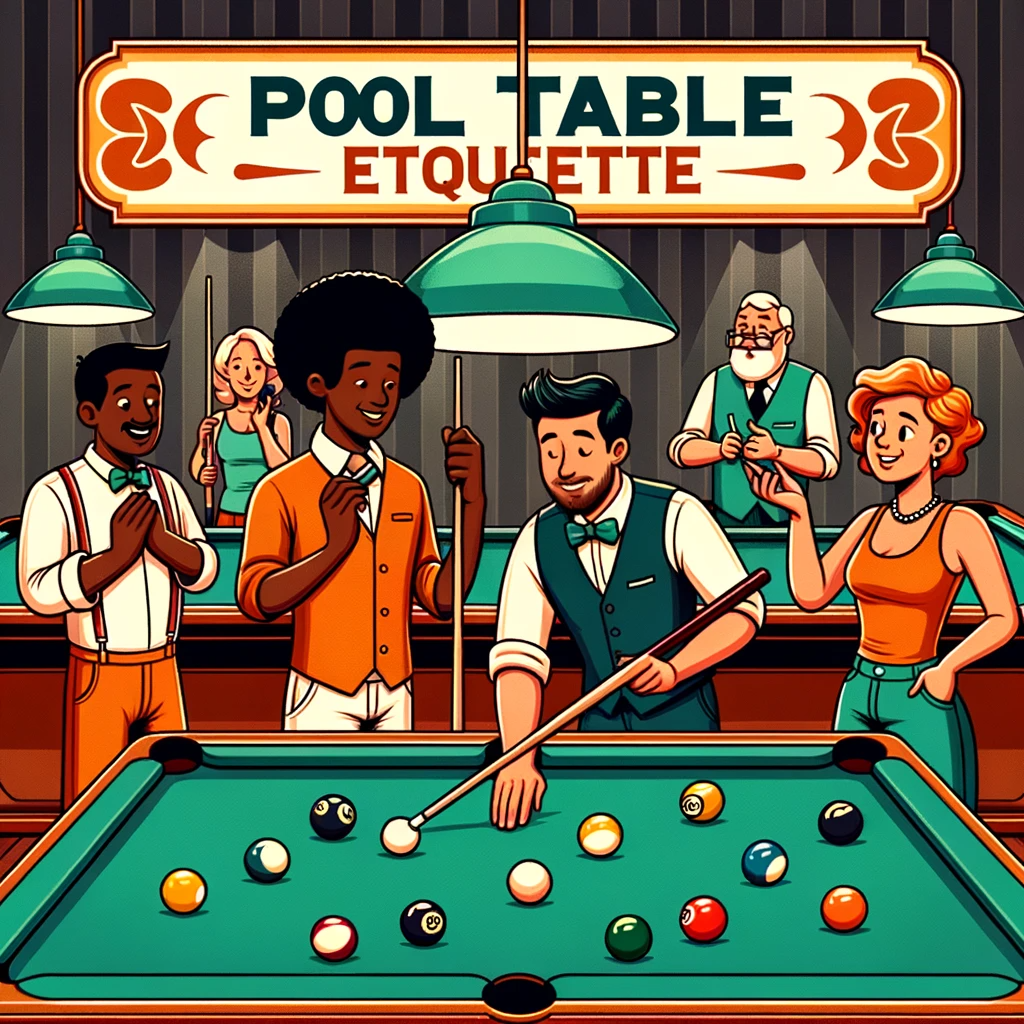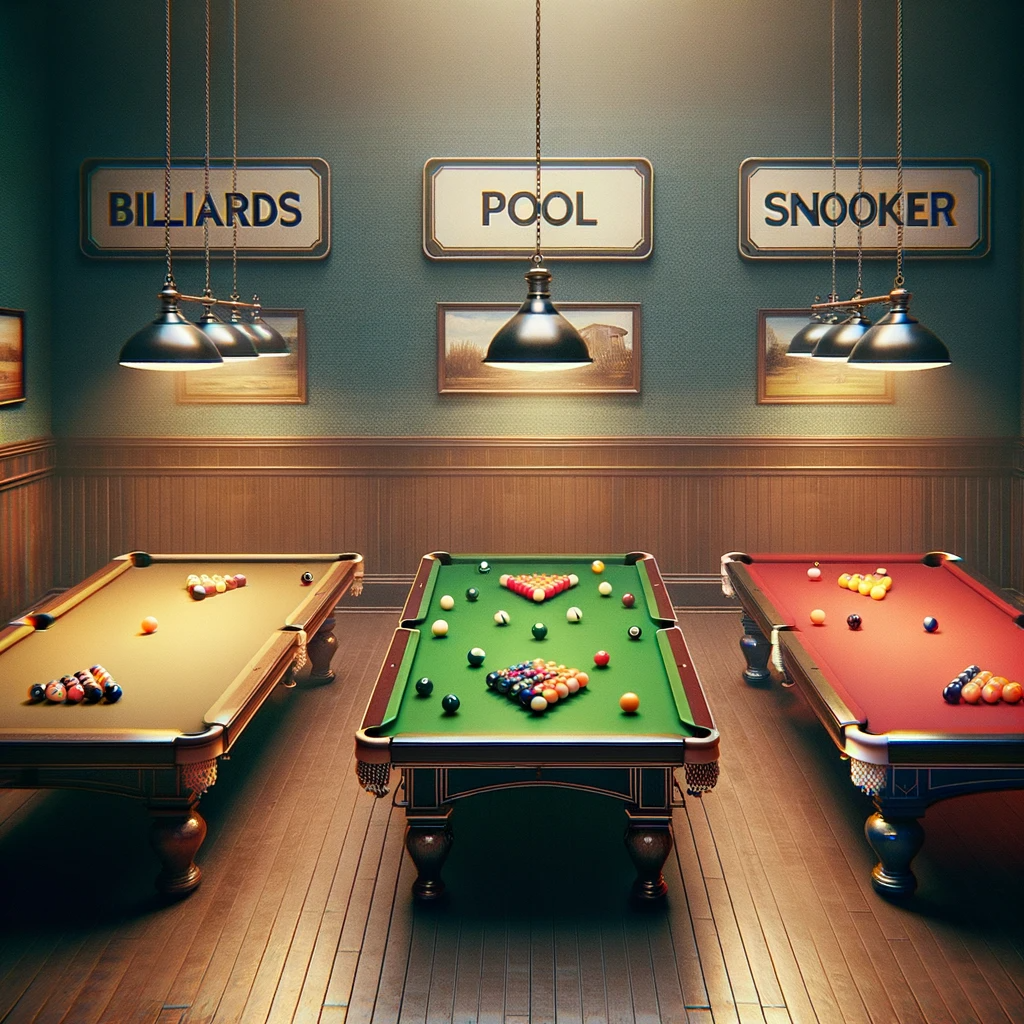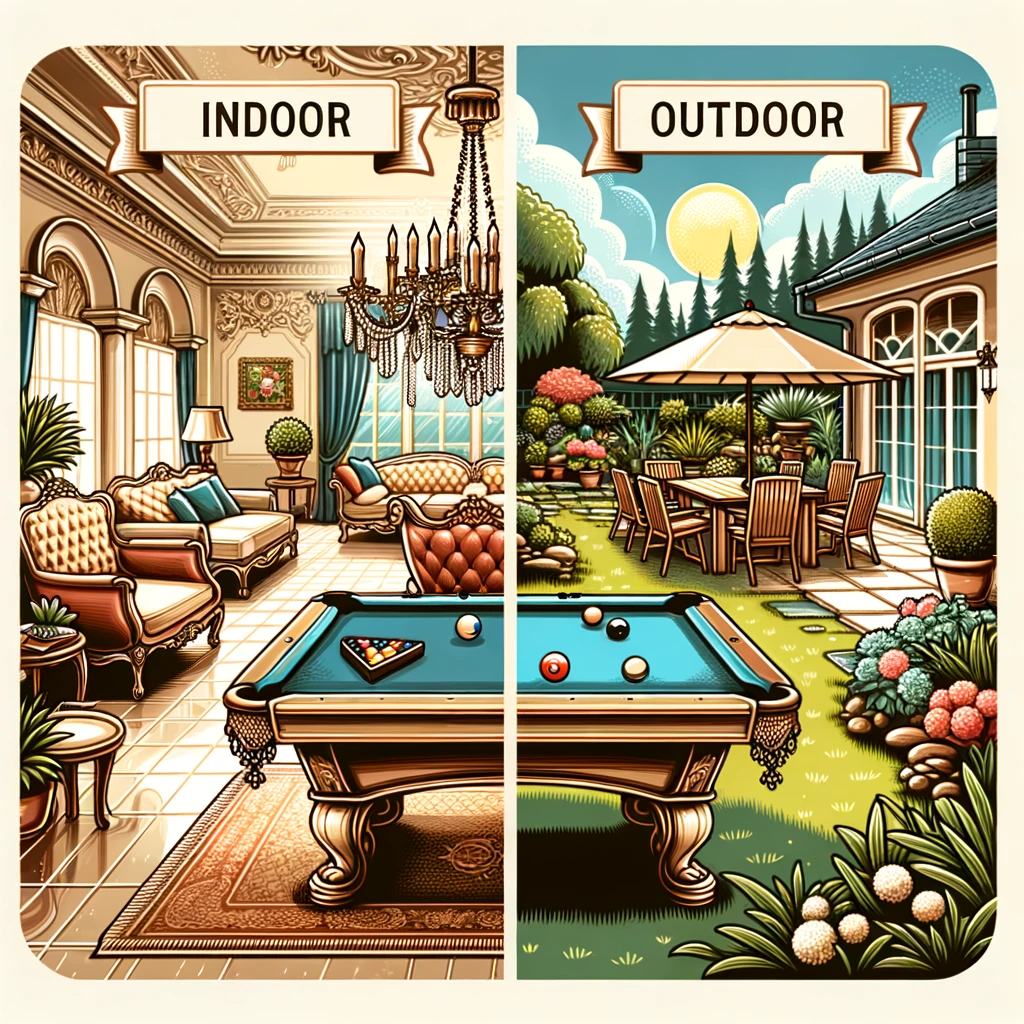Introduction
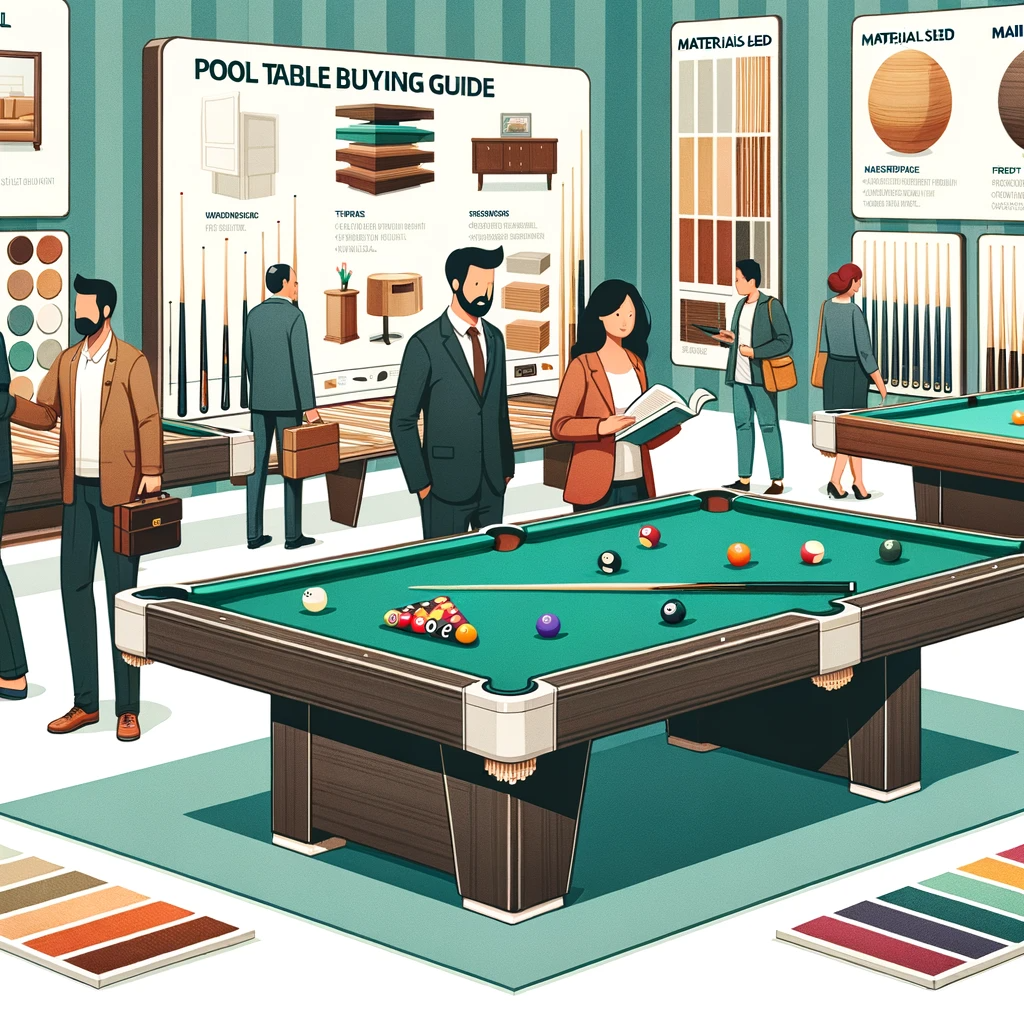
The pool table buying guide provides essential information for anyone looking to purchase a pool table.
Brief History of Pool Tables
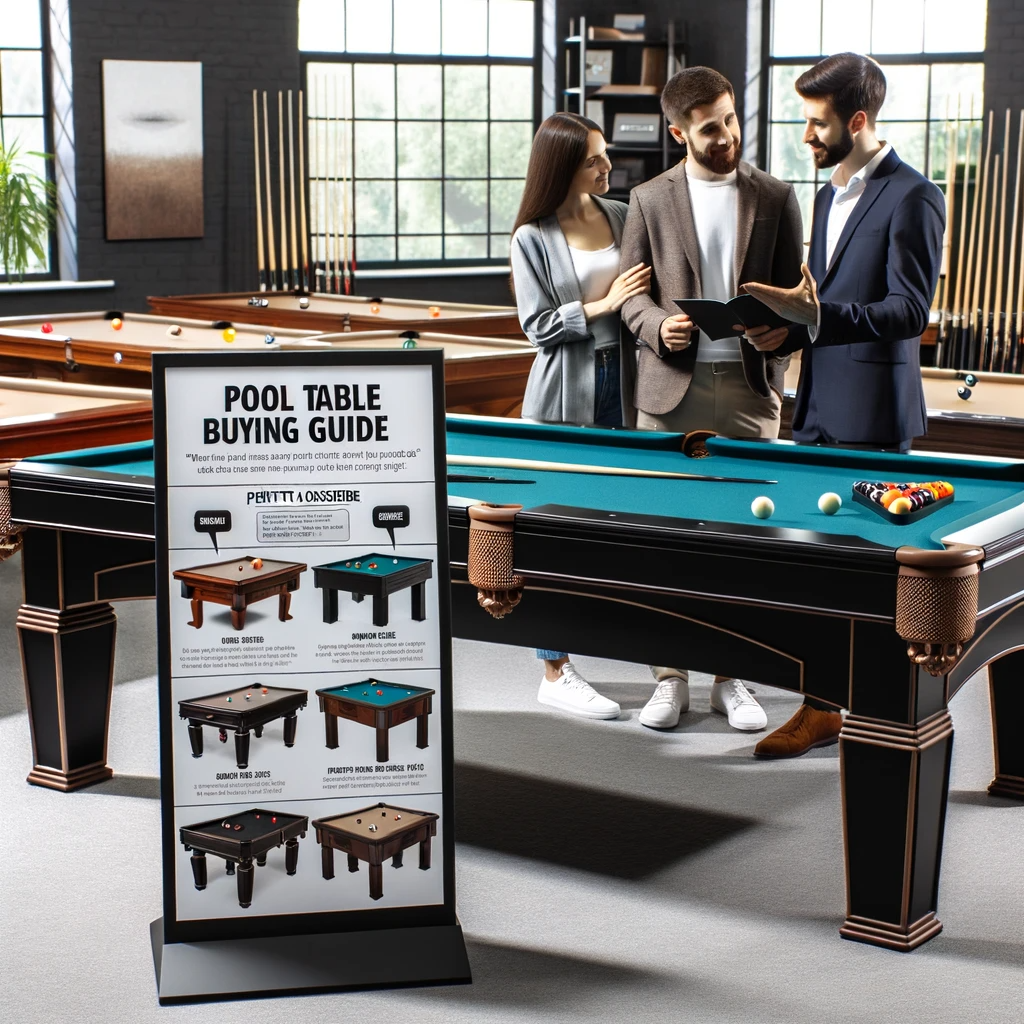
Pool tables have a rich history that dates back centuries. Originally known as billiards, the game evolved from outdoor lawn games in Europe.
It was played on the ground with wooden sticks and balls until the 15th century when it moved indoors and onto a table. The first indoor tables were made of wood and covered with cloth to provide a smooth playing surface.
As the game gained popularity, slate was introduced as the preferred material for the playing surface due to its durability and superior ball roll. Today, pool tables are available in various designs and sizes to suit different preferences and needs.
Importance of Selecting the Right Pool Table
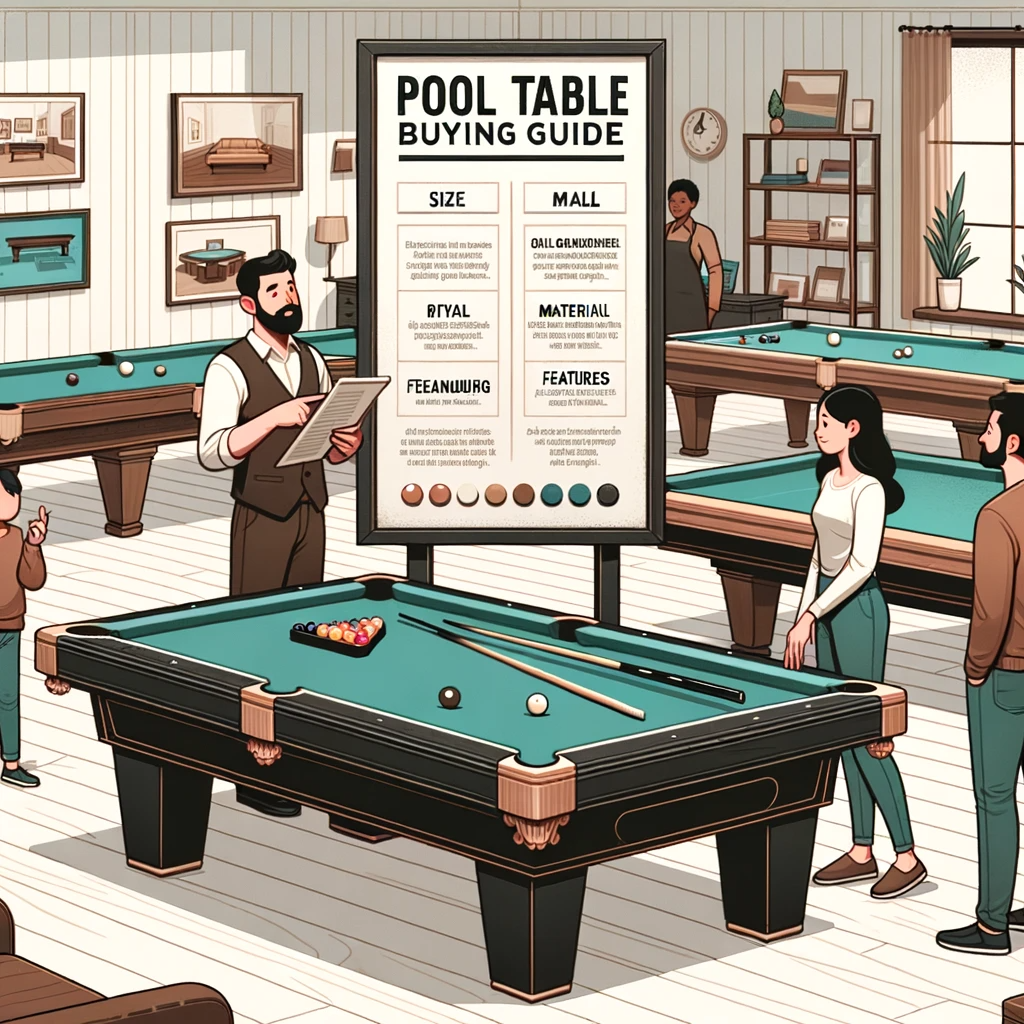
Choosing the right pool table is crucial for an optimal playing experience and long-term satisfaction. A good-quality pool table not only enhances gameplay but also adds aesthetic appeal to any space.
When selecting a pool table, factors such as size, construction materials, frame stability, cushion quality, and cloth type need careful consideration. Buying a subpar or ill-suited table can result in poor ball roll, uneven playing surface, or even structural issues over time.
Overview of the Buying Guide
The buying guide provides detailed information on different aspects of purchasing a pool table. It covers topics such as types of pool tables including standard and outdoor options, choosing the right size based on room dimensions and intended game variations, understanding different construction materials like slate or non-slate options (MDF or honeycomb composite), examining frame stability along with cushion quality (rubber options), and exploring various cloth materials available for optimal playability. By following this comprehensive guide, buyers can make informed decisions that best match their preferences while ensuring they invest in a high-quality pool table that will provide years of enjoyment.
Types of Pool Tables
Standard Pool Tables
Standard pool tables come in various sizes, including 7-foot, 8-foot, and 9-foot options. These sizes determine the playing area and are crucial for creating an optimal gaming experience. The choice of materials used in standard pool tables is also important.
One popular option is slate, which offers excellent durability and ensures a consistent roll of the balls. Alternatively, you can find pool tables made from MDF (Medium-Density Fiberboard) or wood that provide a more affordable option but may lack the same level of durability as slate tables.
Design variations are another aspect to consider when choosing a standard pool table. You can opt for modern designs that feature sleek lines and contemporary aesthetics or go for traditional designs that exude timeless elegance.
Outdoor Pool Tables
For those who enjoy playing pool outdoors, outdoor pool tables are designed to withstand different weather conditions. These tables are constructed using weather-resistant materials like aluminum or fiberglass to prevent rusting or deterioration caused by exposure to moisture and sunlight. Additionally, outdoor pool tables feature UV-resistant cloth that protects against fading and damage caused by prolonged sun exposure.
Durability is a critical consideration for these types of tables as they need to withstand outdoor elements such as rain, wind, and extreme temperatures without compromising their structural integrity. Whether it’s for your backyard patio or a commercial setting like a resort or bar with an outdoor gaming area, an outdoor pool table provides an opportunity to enjoy this classic game while embracing the great outdoors.
Choosing the Right Size
Factors to consider when selecting the size of a pool table include room size and playing style. The dimensions of the room where the table will be placed are crucial to ensure comfortable gameplay.
Take accurate measurements of the space, considering not only the length and width but also accounting for any obstacles or furniture that may interfere with movement around the table. It is essential to have sufficient clearance around all sides for players to shoot without any restrictions.
Another factor to consider is your playing style. If you enjoy a more casual, recreational game with friends and family, a smaller-sized table may be suitable.
For those who prefer a more serious and competitive approach, a larger-sized table would provide a better experience. Each player’s stance and reach should be taken into account when determining what size of pool table would be most comfortable for them.
Standard Sizes for Different Game Variations
The standard sizes for different game variations such as 8-ball and snooker differ slightly. For 8-ball, which is one of the most popular pool games played in bars and homes, a typical pool table size is 7 feet long and 3.5 feet wide.
This size allows for ample space for players to maneuver around the table while still providing enough challenge in shot-making. On the other hand, snooker tables are larger compared to 8-ball tables due to the nature of this game that involves multiple balls with different point values.
A standard snooker table measures approximately 12 feet long by 6 feet wide or even larger in professional settings. It’s worth noting that these are just standard sizes, and variations do exist depending on personal preferences or regional norms.
Space-saving Options for Smaller Rooms
In situations where space is limited but you still want to enjoy playing pool, there are several space-saving options available. One option is to consider a smaller pool table size, such as a 6-foot or even a 5-foot table if space is extremely limited. Although the gameplay may differ slightly from traditional sizes, these compact tables still allow for enjoyable play.
Another space-saving option is to explore foldable or convertible pool tables. These tables can be folded up and stored away when not in use, allowing you to utilize the available space more efficiently.
Additionally, some designs offer the versatility to convert into other furniture pieces like dining tables or desks, providing dual functionality and maximizing the usability of your space. When choosing these space-saving options, make sure to consider the durability and stability of the table.
Opt for high-quality materials that can withstand frequent folding and unfolding without compromising on gameplay experience. Remember, regardless of your room size limitations, there are always solutions available to enable you to enjoy playing pool in a comfortable and engaging manner.
Construction and Materials
Slate vs Non-slate tables
Slate tables have distinct advantages and disadvantages compared to non-slate alternatives. Advantages of slate include precision and consistency in ball roll, ensuring a smooth playing surface.
The flatness of slate allows for accurate gameplay, as the balls roll true without deviations or unpredictable bounces. This makes slate tables ideal for players seeking a high level of accuracy and skill in their games.
However, there are some drawbacks to consider. One major disadvantage is the higher cost associated with slate tables.
Due to the quality and durability of the material, slate tables tend to be more expensive than non-slate options. This higher cost can be a deterrent for those on a budget or casual players who don’t require professional-level performance.
Alternative materials: MDF and honeycomb composite
In contrast to slate, alternative materials like Medium-Density Fiberboard (MDF) and honeycomb composite offer more affordable options for pool table construction. MDF is made by compressing wood fibers together with adhesive under high pressure.
It provides a flat playing surface that can mimic some of the qualities of slate at a lower cost. Although MDF lacks the same level of durability as slate, it still offers decent gameplay characteristics for recreational use.
Honeycomb composite is another alternative worth considering. It consists of an engineered core material that combines strength with lightweight properties.
The honeycomb design enhances stability while reducing weight, making it easier to move and transport these types of pool tables if needed. By understanding the advantages and disadvantages of using slate as well as exploring alternative materials like MDF and honeycomb composite, you’ll be able to make an informed decision when selecting the right construction material for your pool table purchase.
Pool Table Frame and Cushions
Durable and Stable: Solid Wood Frames
Solid wood frames provide exceptional durability and stability to pool tables. These frames are typically crafted from high-quality hardwoods like oak, maple, or mahogany. The sturdy construction ensures that the table maintains its structural integrity even with regular use.
Solid wood frames not only add a touch of elegance to the table but also contribute to its longevity. They can withstand heavy gameplay, making them an excellent choice for both casual players and serious enthusiasts.
Affordable but Less Sturdy: Particleboard or MDF Frames
For those on a tighter budget, particleboard or medium-density fiberboard (MDF) frames offer an affordable alternative. These materials are engineered woods made by compressing wood fibers with adhesive resins. While they are more cost-effective, it’s important to note that particleboard or MDF frames may not be as sturdy as solid wood frames.
They may be prone to warping over time, especially if exposed to moisture or fluctuating temperatures. However, with proper care and maintenance, these frames can still provide a satisfactory gaming experience.
Optimal Rebounding: Rubber Cushions (K-66 Profile)
Rubber cushions play a crucial role in determining the quality of ball rebound on a pool table. The K-66 profile is widely regarded as the standard for professional gameplay due to its exceptional performance.
These rubber cushions have precise dimensions and provide consistent rebound characteristics across the entire pool table surface. When struck by balls, they absorb energy efficiently while ensuring an accurate response that enhances gameplay dynamics.
Synthetic or Natural Rubber Options
When selecting cushions for your pool table, you have two primary options: synthetic rubber or natural rubber cushions. Synthetic rubber cushions are commonly found in mid-range tables and offer good performance at an affordable price. They are designed to mimic the properties of natural rubber, providing reliable rebounding capabilities.
On the other hand, natural rubber cushions are considered a premium choice due to their superior playability and enhanced longevity. These cushions are typically used in high-end or professional-grade pool tables, offering exceptional consistency and responsiveness.
Remember that the choice of frame and cushion materials can significantly impact your overall pool table experience. Consider your budget, playing style, and intended level of usage when making these decisions.
Cloth Options
Types of cloth materials: a) Woolen cloth: provides an affordable option with slower gameplay. The surface of woolen cloth is made from a blend of wool and nylon, providing durability and a soft texture.
It creates a slower ball roll compared to other options, making it suitable for beginners or casual players who prefer a slower game pace. Woolen cloth is available in various colors and patterns, allowing customization to match your personal style or the overall decor of your game room.
b) Worsted cloth: offers a premium playing experience with faster gameplay. Worsted cloth is made from tightly woven wool or nylon fibers, providing a smooth and consistent playing surface.
It allows for faster ball speeds and enhanced cue ball control, making it popular among professional players or those who seek high-performance gameplay. Worsted cloth is more expensive than woolen cloth but offers exceptional durability and resistance to wear.
Conclusion
Selecting the right pool table involves considering various factors such as the type of table, size requirements, construction materials, cushion options, and cloth types. Whether you opt for a standard or outdoor pool table, choosing the appropriate size based on available space and playing preferences is crucial. Understanding the advantages of slate versus non-slate tables aids in making an informed decision regarding construction materials.
Additionally, examining frame options for stability and cushions for optimal rebounding ensures an enjoyable gaming experience. Selecting the right type of cloth material can significantly impact gameplay speed and longevity.
By following this comprehensive buying guide, you can confidently choose a pool table that suits your needs and preferences while enhancing your gaming skills. So grab your cue stick and get ready to enjoy endless hours of fun with family and friends around your newly acquired pool table!

